Is the air in your home really safe when wildfires rage miles away? Perhaps when you close your windows, you think you are now protected, but it's not so. Wildfire smoke doesn’t need an invitation. It enters through vents, doors, and even tiny cracks that can fill your home with fine particles (PM2.5) and toxic gases you can’t see or smell right away.
If any of these instances happen, you should know how to properly clear your home of wildfire smoke and keep your indoor air safe when outdoor conditions take a toxic turn.
Wildfire Smoke Composition
Wildfire smoke is a mixture of gases, including carbon monoxide, VOCs, fine particles from burning plants and building materials, water vapor, and other particle pollutants, such as PM2.5, which can travel thousands of miles. You cannot see these particles with the naked eye. They can penetrate deep into your lungs and even enter your bloodstream, impacting lung health, heart function, and overall well-being.
Its exposure can cause symptoms ranging from sinus irritation and coughing to severe asthma attacks, heart attacks, strokes, and even death, making it essential to protect yourself from wildfire smoke and your home from it.
Strategies to Clear Your Home of Wildfire Smoke
If your home is affected by wildfire, then it's time to know some effective strategies to protect your home and your health:
Seal Your Home to Prevent Smoke Entry
The first line of defense is to prevent smoke from entering your home. For this:
Close Windows, Doors & Seal Gaps
It's obvious, but it's important to keep all windows, doors, and entrance places tightly shut. You should also check your home for any obvious cracks or leaks around windows, doors, and vents. You can use weatherstripping or caulk to seal these openings.
Mind Your HVAC System
If you have a central heating, ventilation, and air conditioning (HVAC) system, set it to recirculate mode or close the outdoor air intake damper. Avoid using evaporative coolers as they pull outdoor air into the home.
If you have a window air conditioner, ensure the outdoor air damper is closed and the seal between the unit and the window is tight. If you cannot close the damper, avoid using the unit during smoky conditions.
Optimize Your Air Filtration
If smoke enters your home, air filtration is the solution. With a variety of options available, it’s important to choose the one that best fits your needs for effective protection.
Portable Air Scrubbers
This is one of the most effective tools for clearing wildfire smoke from home. Look for units equipped with both a True HEPA filter and an activated carbon filter.

● A True HEPA H13 filter can capture 99.97% of particles as small as 0.3 microns, including microscopic smoke particles, dust, pollen, and allergens.
● Activated carbon filters are also included to absorb gaseous pollutants like VOCs and odors that HEPA filters alone cannot capture.
● Place portable air scrubbers in high-use rooms, run them on high fan speed, and choose models with appropriate CADR per EPA recommendations.
● Make sure to avoid air purifiers that generate ozone, as ozone itself is a lung irritant and a harmful air pollutant.
High-Efficiency HVAC Filters
You can upgrade your HVAC system's filter to a MERV 13 or higher. MERV (Minimum Efficiency Reporting Value) measures an air filter's ability to trap particles; a higher rating means better filtration of smaller particles.
Change these filters frequently, especially during and after a smoke event, as they can become saturated quickly.
Use HEPA Air Scrubbers for Severe Contamination
For more severe or widespread smoke contamination, such as after a significant structural fire or in very large spaces with heavy smoke infiltration, a HEPA air scrubber can be a more powerful solution.
These are industrial-grade units that feature robust multi-stage filtration, including a True HEPA filter and activated carbon filters, combined with high-powered fans to process much larger volumes of air quickly.
Thorough Cleaning and Deodorization
Smoke particles and odors can stick to surfaces. Once outdoor air quality improves, a deep clean is essential. For this:
● You need to wear an N95 or P100 respirator mask while cleaning to avoid re-inhaling disturbed particles.
● Start with dry cleaning. Use dry microfiber cloths or specialized rubber sponges to wipe down walls, ceilings, and all hard surfaces. Then, take a damp cloth and mild soap or detergent for deep cleaning.
● Now, use a vacuum cleaner equipped with a HEPA filter to clean floors, carpets, rugs, drapes, and upholstered furniture. Avoid vacuums with mechanical beaters, which can resuspended particles.
● Launder all affected fabrics, including blankets, sheets, drapes, linens, and towels. Adding white vinegar to the wash cycle can help remove stubborn odors.
● Place bowls of baking soda or activated charcoal around your home to absorb lingering odors.
Monitor and Maintain Indoor Air Quality
It is a good option to consider installing an indoor air quality monitor to track PM2.5 and total VOCs. It provides real-time data on your home's air quality. WHO offers global air quality guidelines emphasizing the importance of monitoring indoor pollutants.
Also, avoid indoor pollutants during smoky periods that can create additional fine particles. It includes smoking, vaping, using gas/propane/wood-burning stoves and furnaces, spraying aerosol products, frying or broiling food, etc.
Final Words
Dealing with and protecting your home and health during wildfire season is quite challenging. However, by taking proactive steps to clear your home of wildfire smoke and implementing these comprehensive strategies, you can improve your indoor air quality and protect your family's health.
Simply invest in the right air scrubbers and follow the strategies given above to transform your home back into a haven of fresh, clean air.


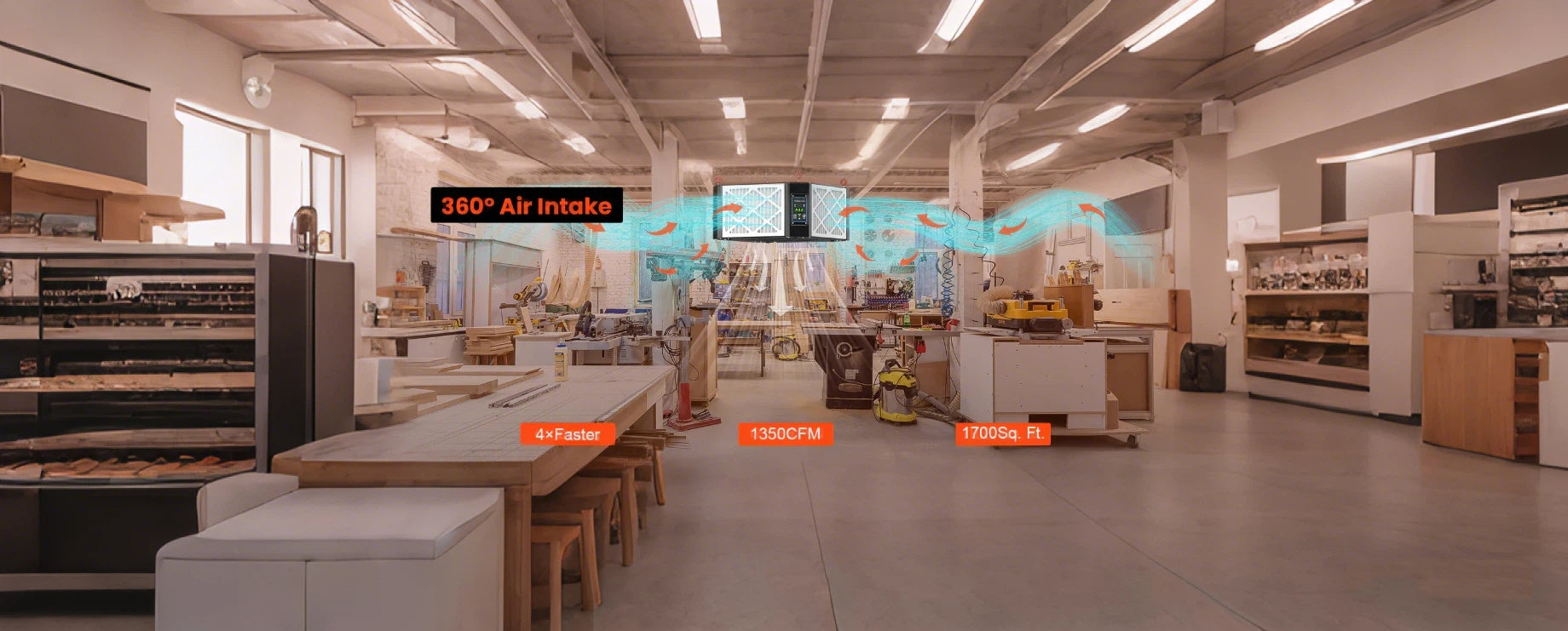
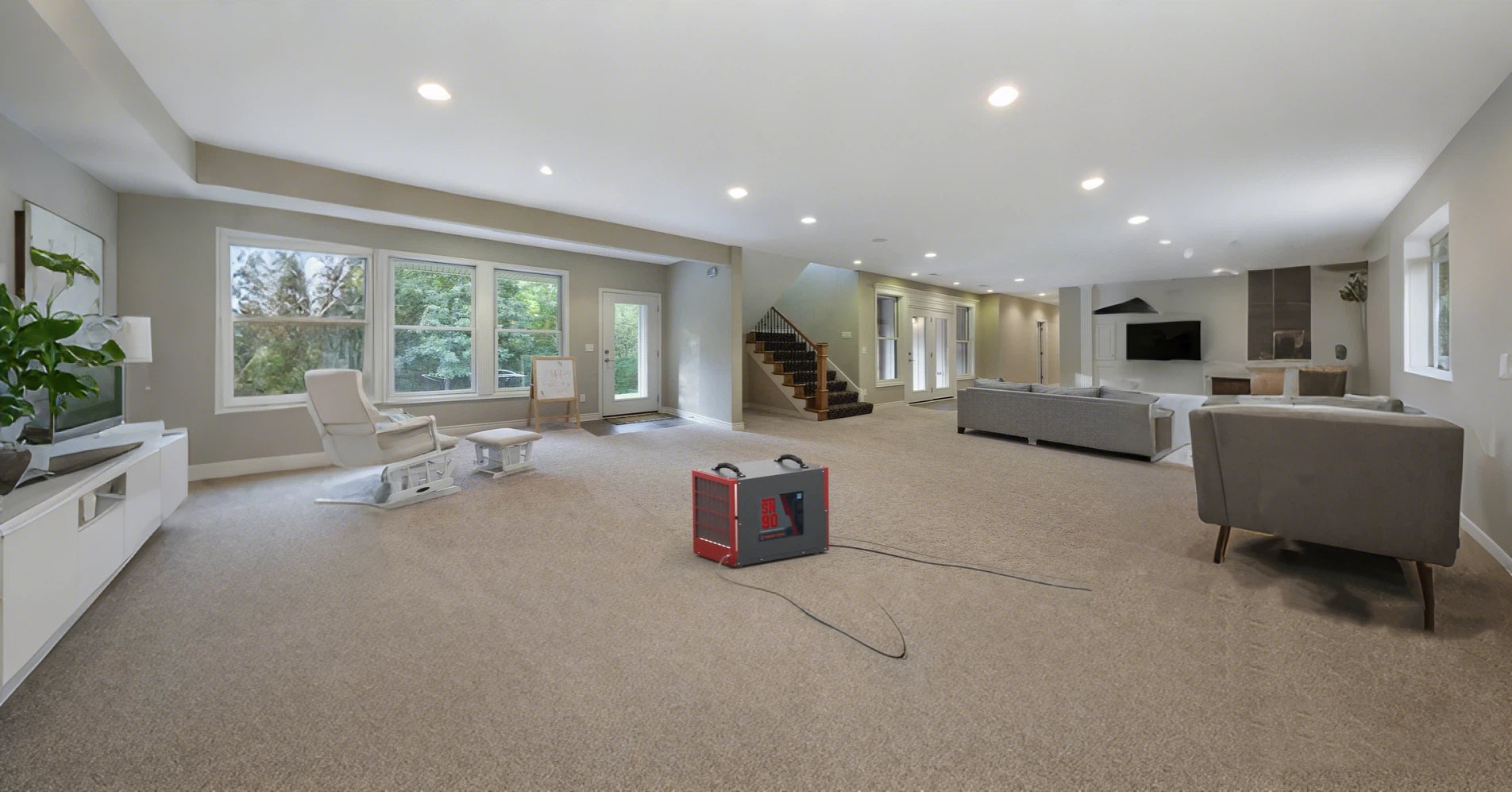

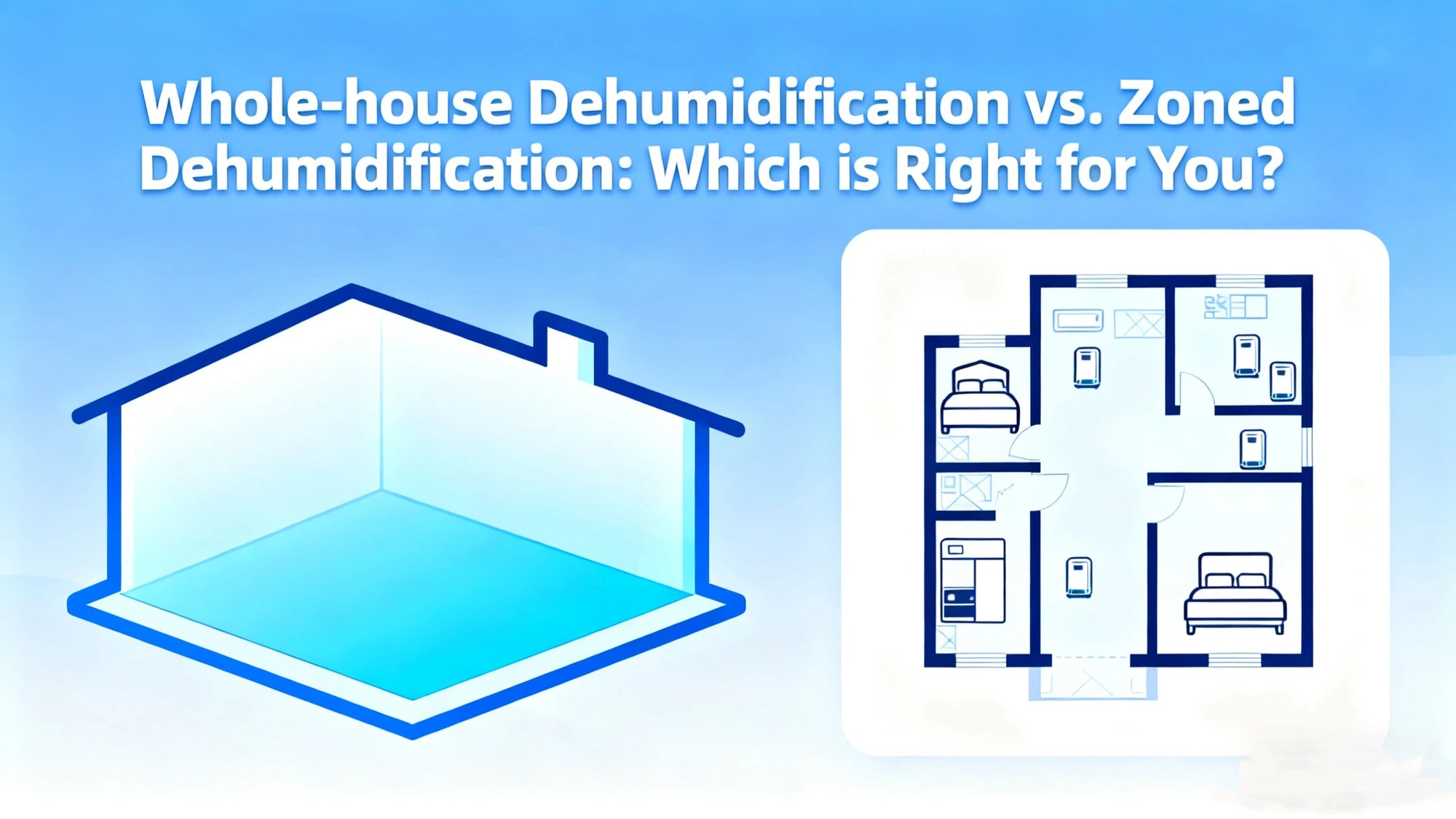
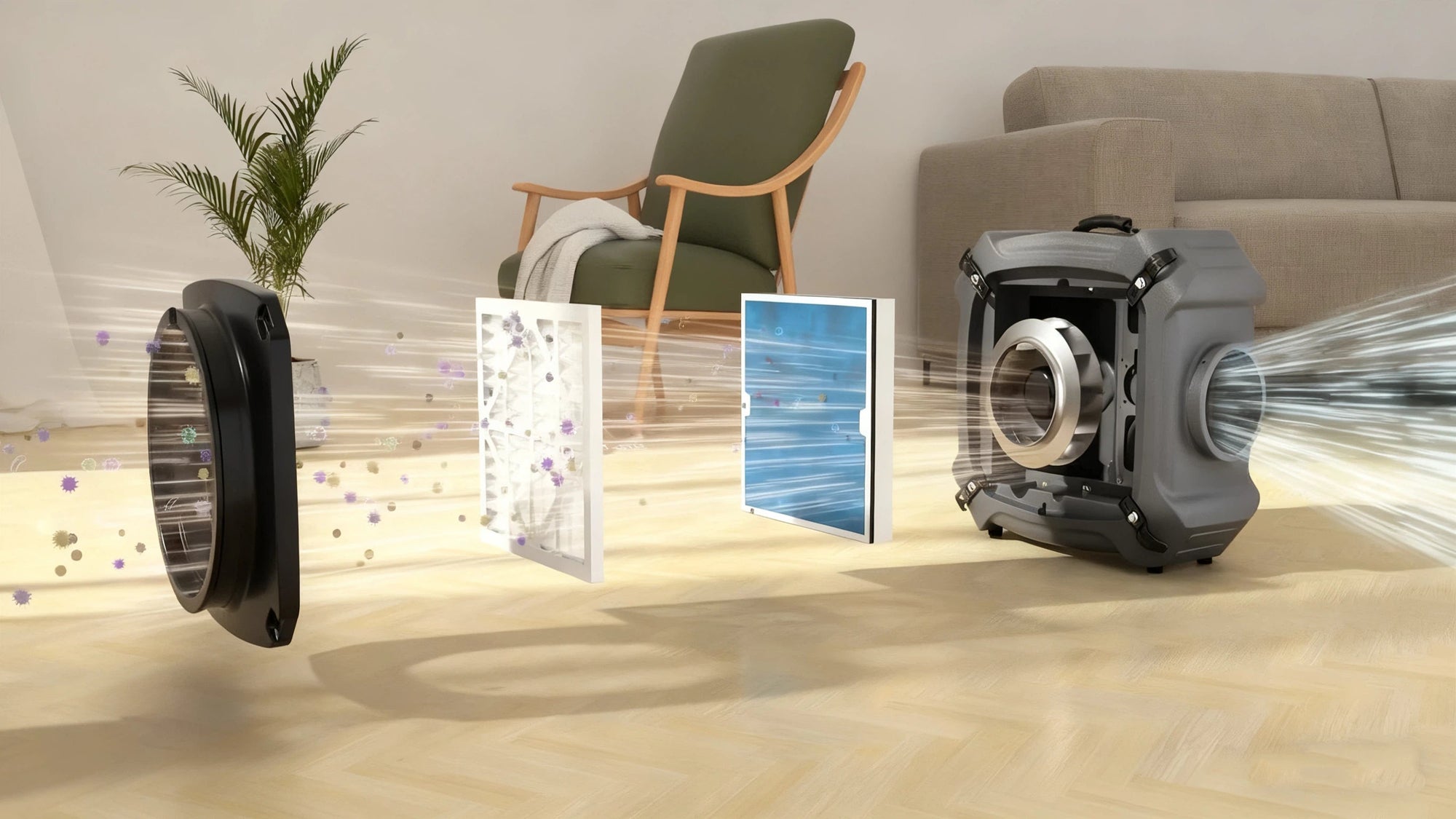
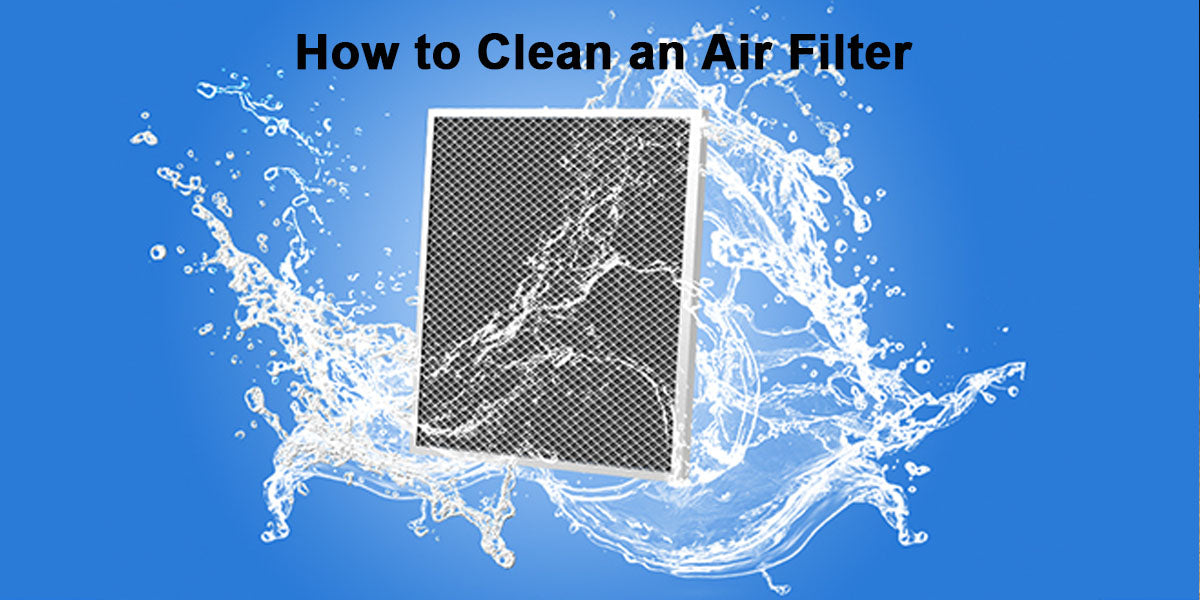
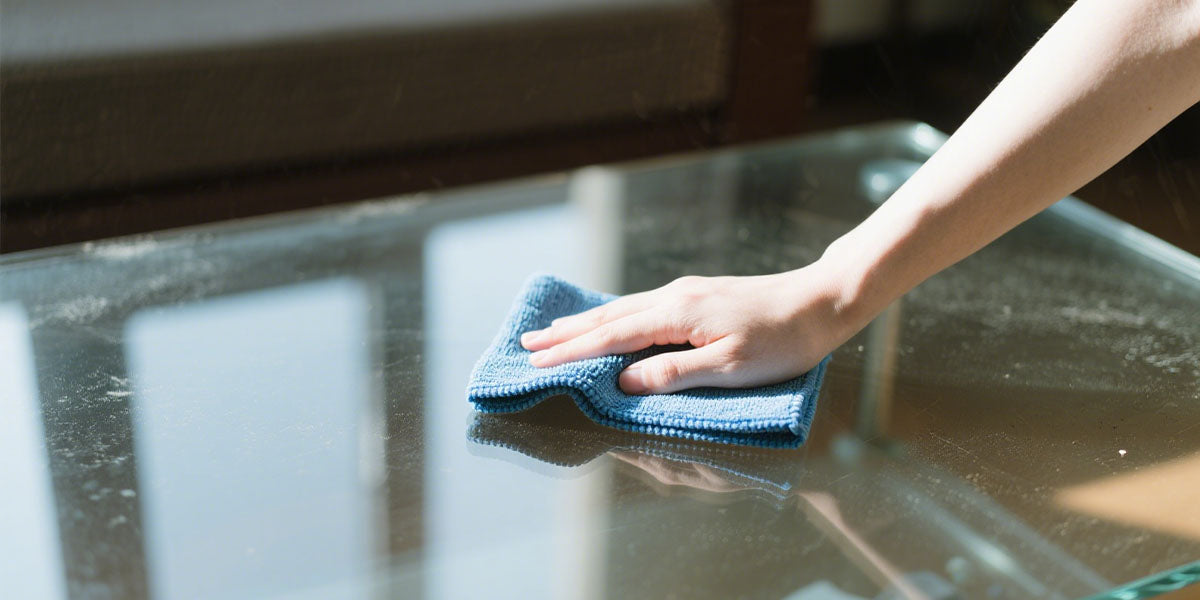
Shop For Dehumidifier
Abestorm 170 PPD 2,100 Sq.Ft Commercial Dehumidifier with Pump and Drain Hose | Hurricane 800
Abestorm 180 PPD 2,300 Sq.Ft Commercial Dehumidifier with Pump and Drain Hose | Hurricane LGR85
Abestorm 264 PPD 3,000 Sq.Ft Commercial Dehumidifier with Pump and Drain Hose | Hurricane 125P
Abestorm 180 PPD 2,300 Sq.Ft Commercial Dehumidifier with Pump and Drain Hose | Hurricane 850